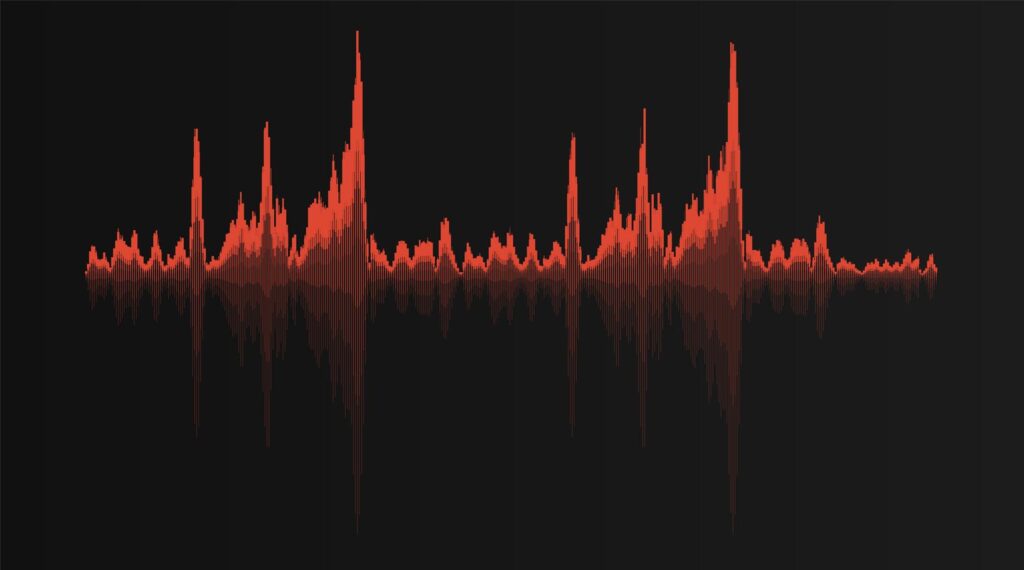Pulsed radio frequency is a minimally invasive procedure using fine needles to ‘stun’ the pain fibres responsible for your pain. Unlike radio frequency ablation which aims to ‘destroy’ the pain fibres, pulsed radio frequency attempts to ‘reset’ or ‘reboot’ the nerve using radio frequency current, akin to resetting the computer in order to reduce the increased nerve sensitivity that might be responsible for your pain.
What can pulsed radio frequency be used for?
Pulsed radio frequency can be used for a variety of pain conditions all over the body, as pain sensation is transmitted by nerve fibres which are the target for pulsed radio frequency treatment.
● Pinched nerve from bony spurs or herniated discs
● Spinal stenosis where there is a narrowing of the spinal canal
● Pain after an amputation
● Complex regional pain syndrome (CRPS)
● Facial pain like Trigeminal neuralgia and Glossopharyngeal neuralgia
● Headaches conditions such as Cluster Headache and Occipital neuralgia
● Post-herpetic neuralgia that can occur after “chickenpox” and “shingles”
● Chronic pain after surgery
● Other neuropathies
How is pulsed radio frequency performed?
You will be given some sedation for the day surgery procedure. This minimally invasive proce-dure is done by the pain specialist using either X-ray or ultrasound guidance. A local anaesthetic is given to numb the skin and tissues around the target. A thin needle is inserted to target.
The pain specialist will run a radiofrequency current to test if the needle is placed sufficiently close to the target nerve. You must tell us if you feel a tingling sensation. After confirming the position, short bursts of radiofrequency energy is used to ‘stun’/’reset’ the nerve to provide pain relief. You should not feel any pain. As opposed to the traditional radio frequency ablation, the nerve is not ‘destroyed’ and thus there is less risk of complications.
The pulsed radio frequency is applied for up to 10 min to each affected nerve, and the total amount of time taken for the procedure will depend on the number of nerves to be treated. An injection of local anaesthetic and steroid is usually given after the pulsed radio frequency treat-ment in order to reduce the nerve irritation. After the procedure, you will be monitored for about an hour in the recovery room before being allowed to return home.
What are the risks of pulsed radio frequency?
This is a very safe and minimally invasive procedure done as day surgery. The risks of infection, nerve damage and bleeding are very low. There may be a temporary increase in pain for up to 2 weeks, numbness and weakness, and unpleasant sensations. There will usually go away after a few days.
what should you do after the procedure?
You should not drive or engage in strenuous activities for 1 day. You can resume normal activi-ties the next day. A slow increase in activity can be attempted from the 3rd day onwards.
How effective is pulsed radio frequency treatment?
Pulsed radio frequency treatment can be life-changing in terms of pain treatment. The effective-ness varies according to the patient and the condition being treated. The treatment can be re-peated as required. In some cases, patients may want to try a trial of a spinal cord stimulator if the pulse radio frequency is effective but does not last long enough.


